Hood Century and Limbo Accra reflect on a new Black spatial reality
In a new series of profiles, we follow Ghanaian spatial design studio Limbo Accra on a journey that explores its collaborations. Limbo Accra's rich network developed through global partnerships that founder Dominique Petit-Frère nurtured with leading urban space-makers and architectural enthusiasts. The series discusses critical issues of our time, such as design intention, intergenerationality, creativity and change through Africa and its diaspora. First up, the spotlight turns to Jerald ‘Coop’ Cooper of online platform Hood Century

Hood Century is an online platform founded by Jerald ‘Coop’ Cooper in 2019. The project, blending Black culture and modernist architecture, was conceived as a space dedicated to documenting midcentury finds from Coop's childhood neighbourhood in Cincinnati. In so doing, the platform soon became a springboard to unpack myriad themes, exploring the intersection between archive, education and activism in urban preservation.
Coop and Dominique Petit-Frère, founder of pioneering Ghana-based spatial practice Limbo Accra, connected through their shared interest in the built environment and how it is experienced through the lens and perspective of Africa and its diaspora. The fruit of their collaboration takes form in a new architectural initiative gearing up to unfold in Accra at the end of the year.
As a Black person, Coop has often felt disillusioned when navigating design spaces. ‘We love architecture and design, but we want to feel like we can participate,' he says. ‘Why is the dominant way of presenting [art] in a white gallery? What if Black art was never made for that space?’
It is a point Petit-Frère can relate to: ‘A lot of it wasn’t. From my practice in Ghana, which focuses on activating incomplete architecture, I found that many of these works are structural units that need to take up space.'
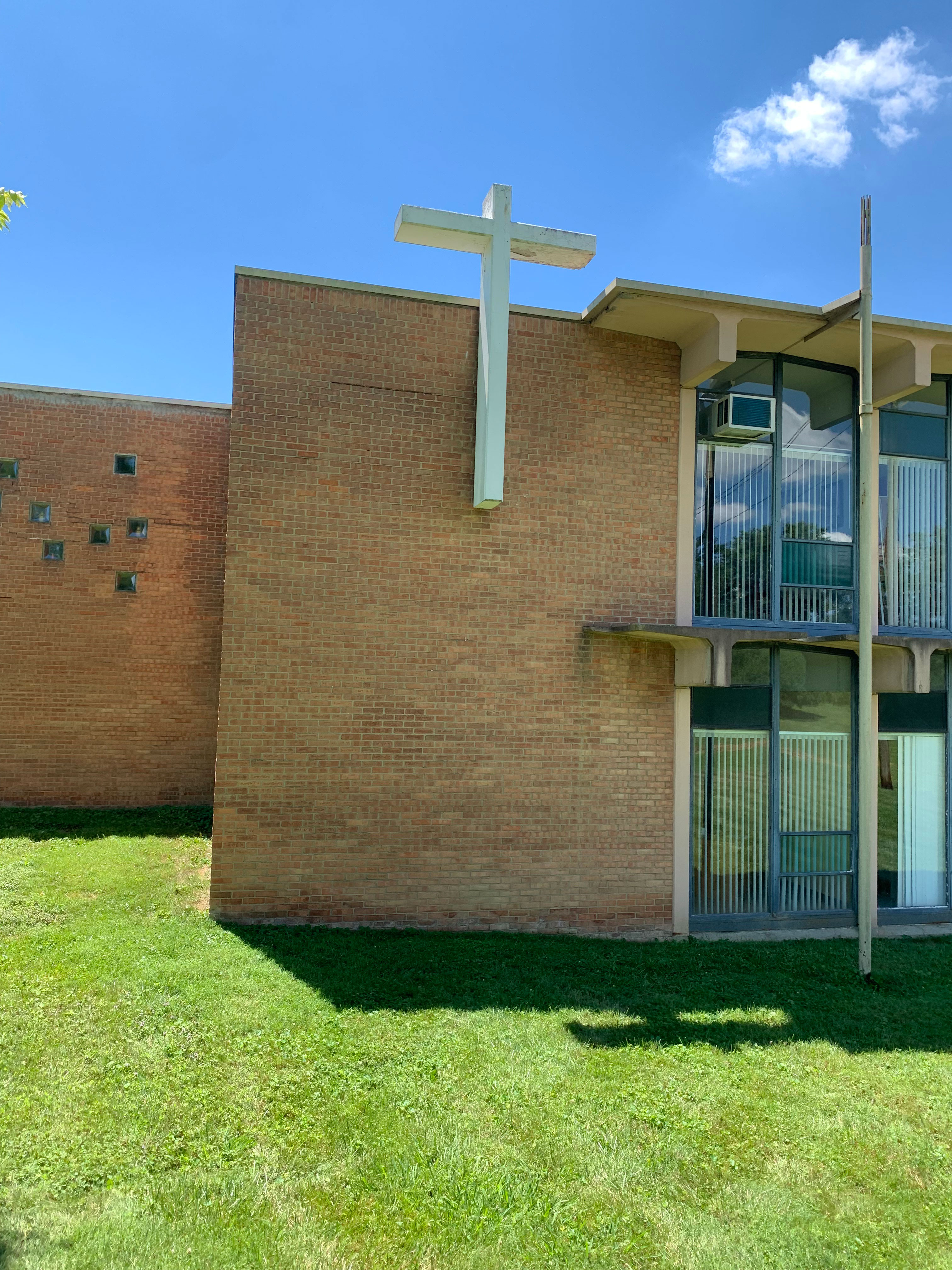
Church in Cincinnati, OH.
When it comes to penetrating architecture and design spaces, for Coop ‘it’s all in the language’. He maintains that a lack of access to the language surrounding design compounds over generations into an ‘inherited design knowledge’ gap and ‘radical change’ is needed to disrupt this cycle. Acting as an antidote, Hood Century, highlights the places where Black culture and modernist urban experiences intersect. When people intentionally travel to the sites that Coop has pinpointed, ‘the community will activate itself’, he says.
In this way, he not only documents design, but makes it accessible and endeavours to democratise it for communities both online and offline. The same ethos shapes this upcoming collaboration between him and Limbo Accra – a shared investigation into midcentury sites in Africa, through a guide to ‘must see architectural attractions’. The collaboration will launch in Accra this December, with an exhibition and preservation initiative.
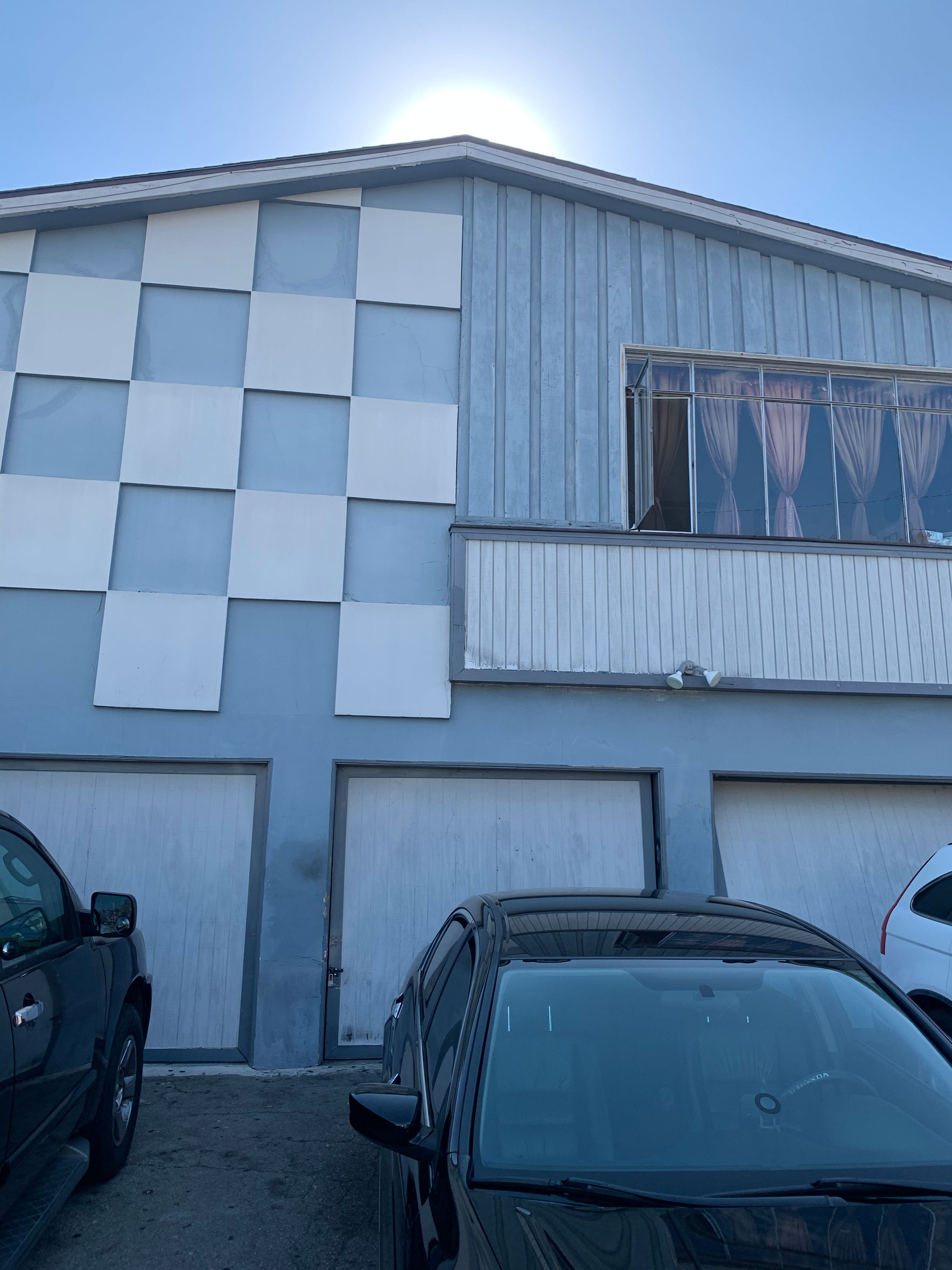
Shades of blue in Gardena, CA.
The documentation process that is so integral to Hood Century speaks to another passion of Coop’s – the notion of the archive. ‘It is the most important thing to a Black family,’ he explains, adding that by documenting the stories of our surroundings, we become active informants to future generations. ‘My uncle took pictures of the same things that I'm photographing,' he says. Now, living in the same neighbourhood his father grew up in, Coop feels this sense of shared history through urban space in many ways: ‘He used to shine shoes at the baseball stadium – exactly where my studio is. I walk through, and feel his energy in the street.’
Receive our daily digest of inspiration, escapism and design stories from around the world direct to your inbox.
Despite feeling recharged by this ancestral energy, Coop also speaks of a pain from infrastructural racism that people of his father’s generation faced, and many Black communities continue to face in light of rapid urban development. While the journey to unearthing these traumas is far from over, through Hood Century, Coop continues to encourage us to decolonise our minds, to challenge the language used in design and to ask ourselves: ‘How do we tangibly document and cultivate design perspectives led by Africans and African diasporans, for future generations?’
This question and more will continue to be explored in this new series of profiles by Wallpaper* and Limbo Accra. Watch this space.
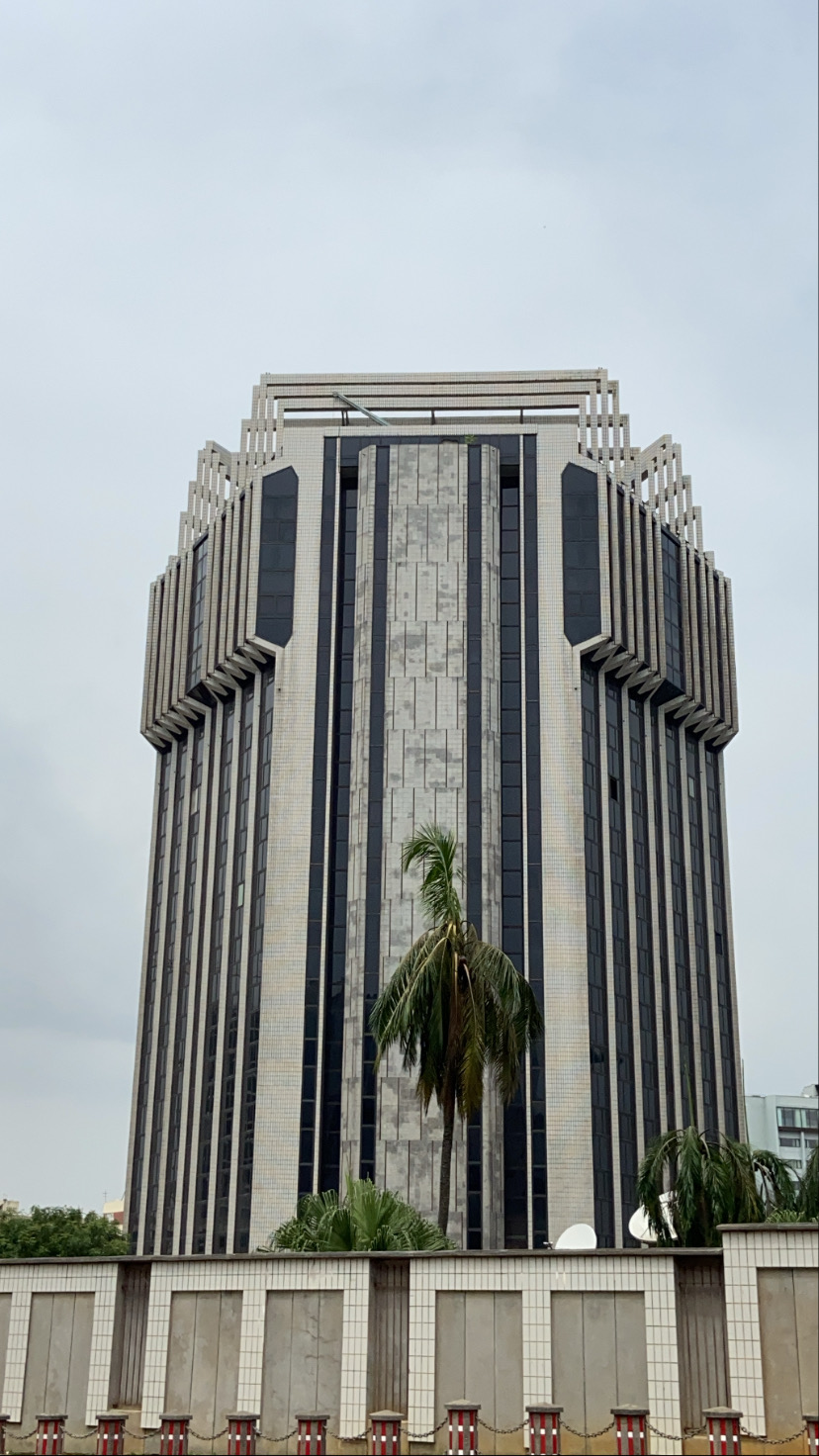
Architecture in Abidjan, Ivory Coast, shot by Dominique Petit-Frère for Limbo Accra, and inspired by Hood Century’s documentation process
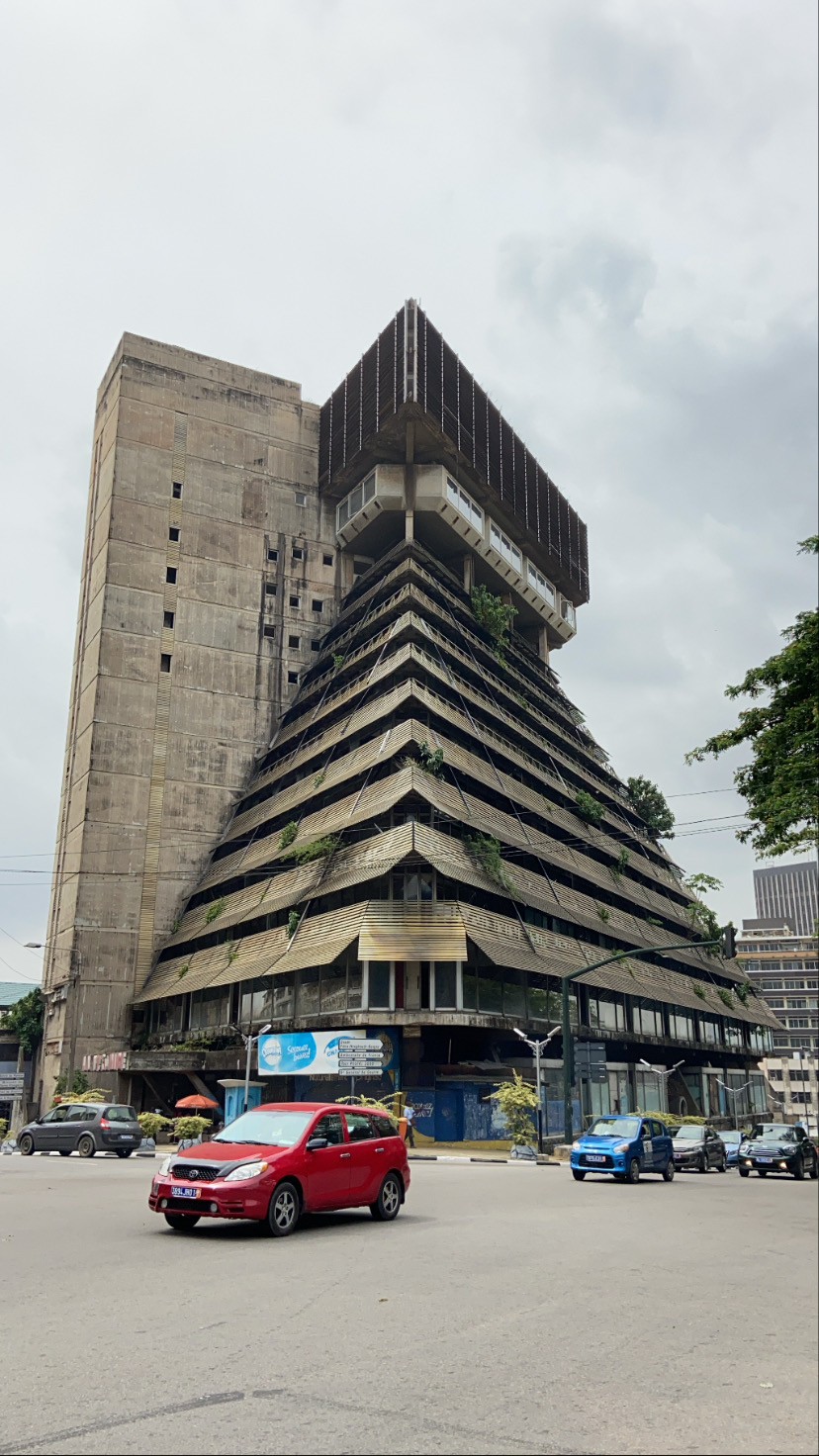
Petit-Frère photographed several modern architecture buildings in Abidjan, Ivory Coast, inspired by Hood Century’s documentation process
INFORMATION
Nana Ama Owusu-Ansah is a writer and photographer from London. She first wrote for Wallpaper* in 2021, in a series on the new vanguard of African designers practising in Africa and its diaspora. She is drawn to projects centring on decolonial approaches to art, architecture, as well as community and sustainability. Nana Ama read Economics and Spanish at University of St Andrews, and, as an avid linguist, is passionate about using accessible language to invite new audiences to engage in design discourse.
-
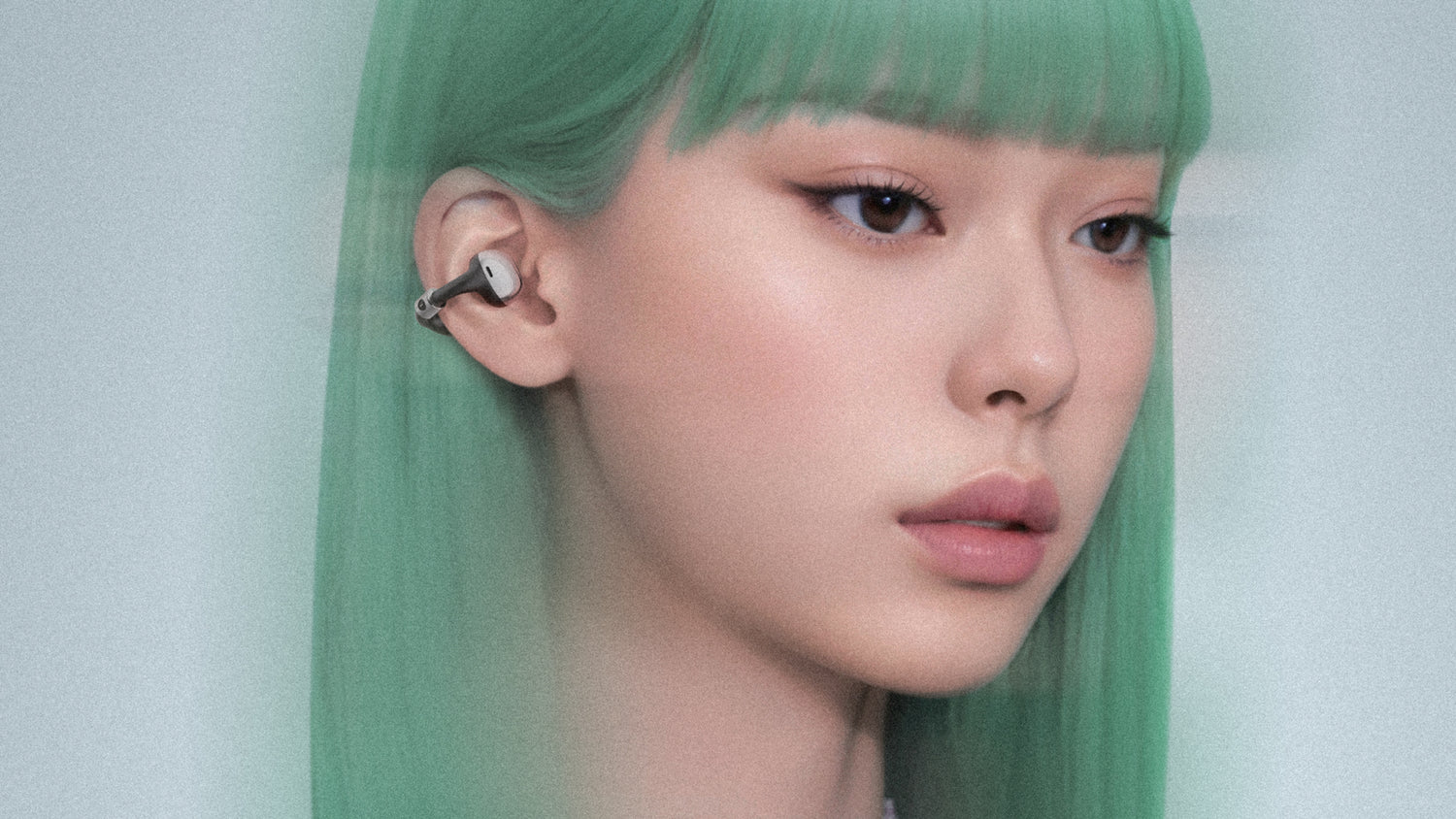 From smart glasses to ‘empathy’ machines: what AI gadgets get right (and very wrong)
From smart glasses to ‘empathy’ machines: what AI gadgets get right (and very wrong)From furry friends to smart glasses, we test the latest AI gadgets promising to enhance your life
-
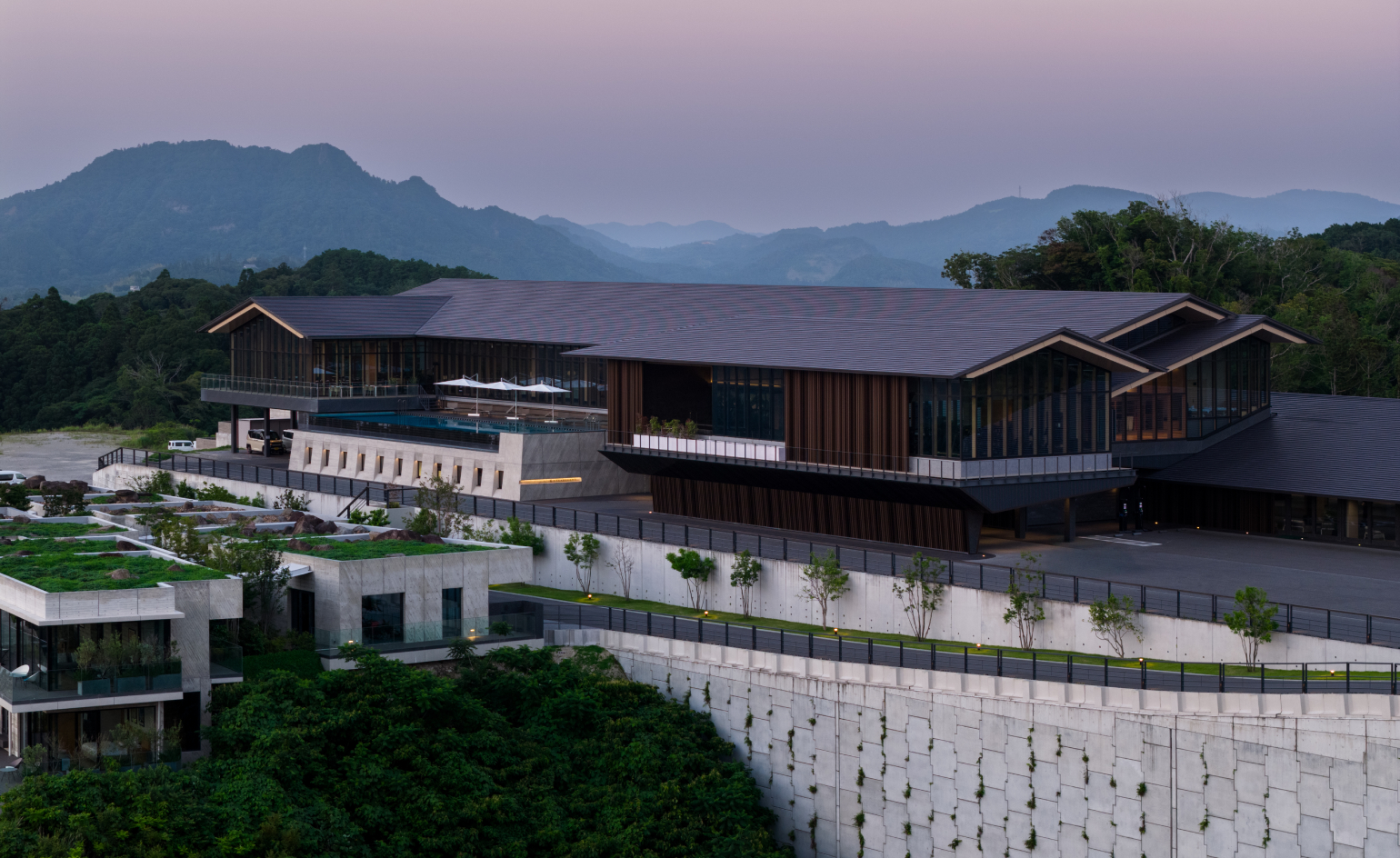 A cinematic members club’ rises in Japan’s forested hills
A cinematic members club’ rises in Japan’s forested hillsJoyce Wang Studio unveils The Magarigawa Club Clubhouse in Chiba
-
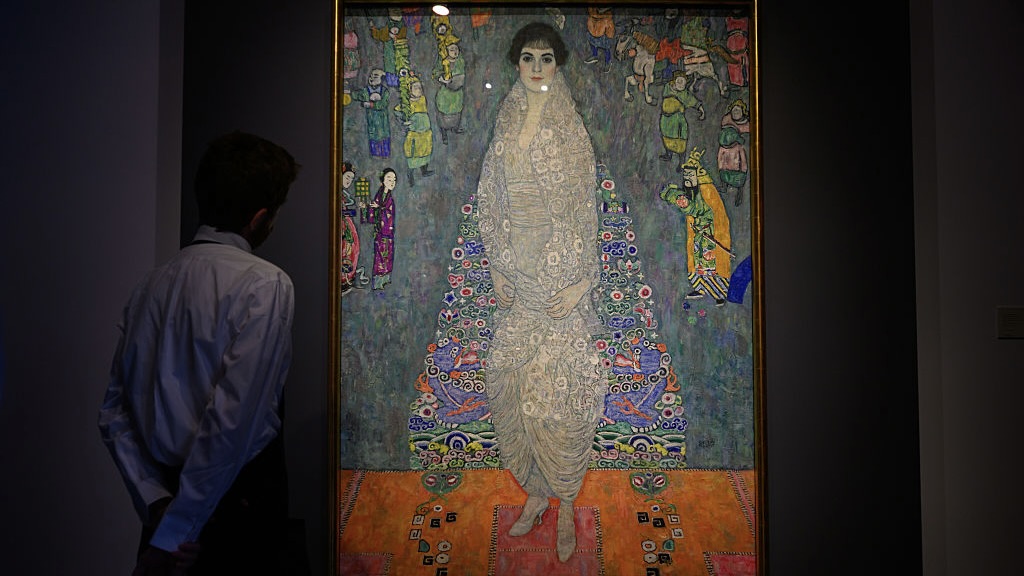 This Gustav Klimt painting just became the second most expensive artwork ever sold – it has an incredible backstory
This Gustav Klimt painting just became the second most expensive artwork ever sold – it has an incredible backstorySold by Sotheby’s for a staggering $236.4 million, ‘Portrait of Elisabeth Lederer’ survived Nazi looting and became the key to its subject’s survival
-
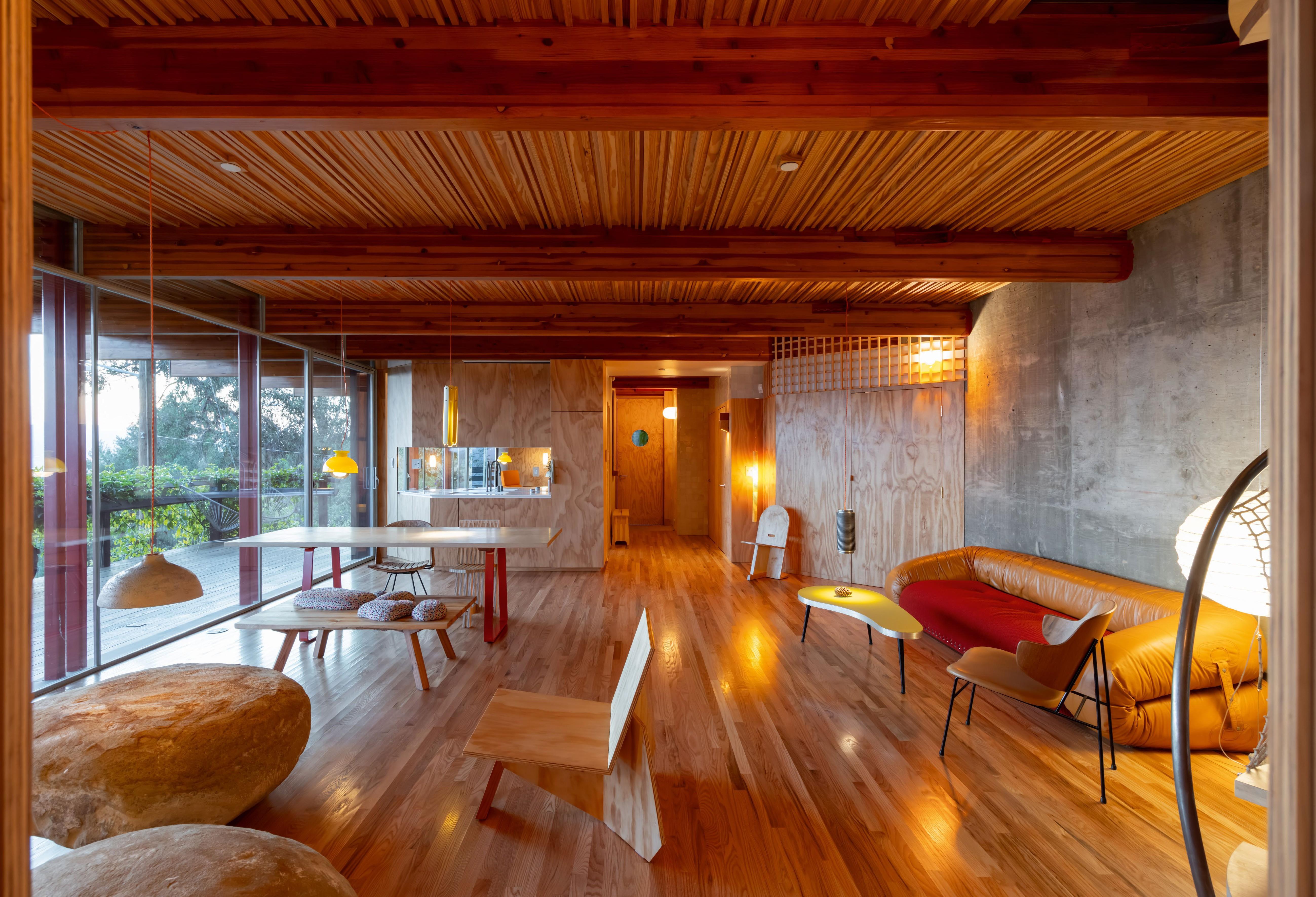 Tour Cano House, a Los Angeles home like no other, full of colour and quirk
Tour Cano House, a Los Angeles home like no other, full of colour and quirkCano House is a case study for tranquil city living, cantilevering cleverly over a steep site in LA’s Mount Washington and fusing California modernism with contemporary flair
-
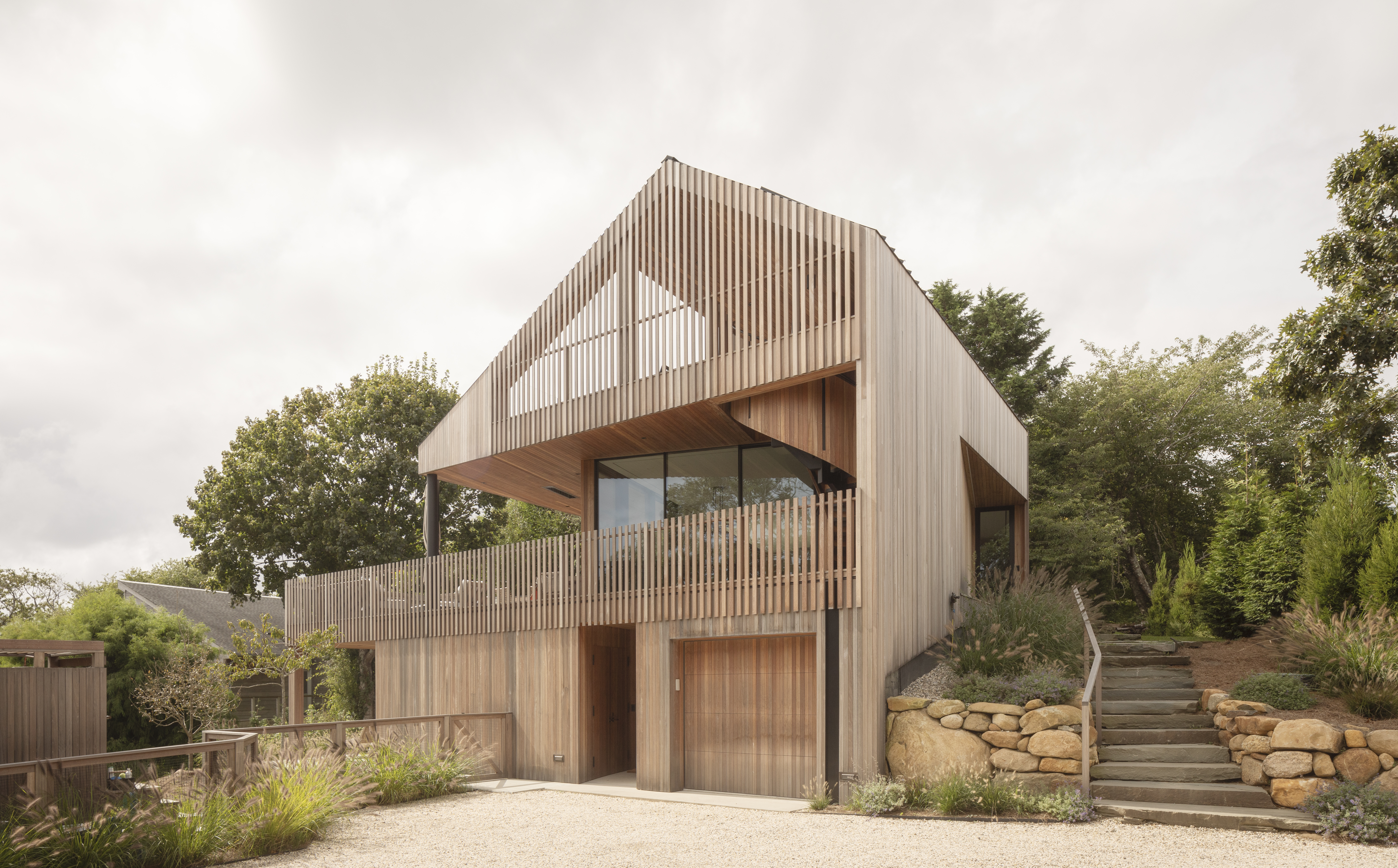 An ocean-facing Montauk house is 'a coming-of-age, a celebration, a lair'
An ocean-facing Montauk house is 'a coming-of-age, a celebration, a lair'A Montauk house on Hither Hills, designed by Hampton architects Oza Sabbeth, is wrapped in timber and connects its residents with the ocean
-
 With a freshly expanded arts centre at Dartmouth College, Snøhetta brings levity to the Ivy League
With a freshly expanded arts centre at Dartmouth College, Snøhetta brings levity to the Ivy LeagueThe revamped Hopkins Center for the Arts – a prototype for the Met Opera house in New York –has unveiled its gleaming new update
-
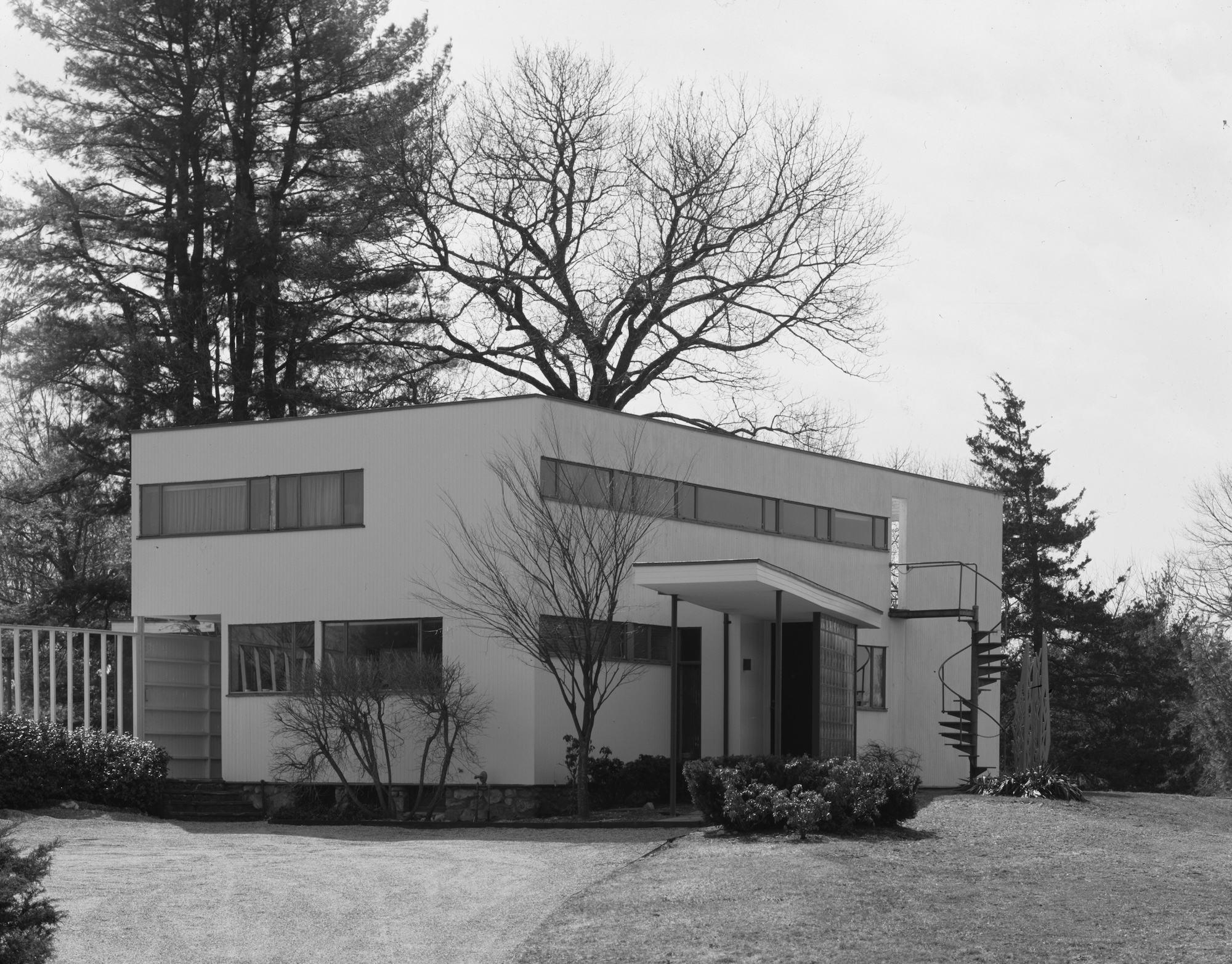 From Bauhaus to outhouse: Walter Gropius’ Massachusetts home seeks a design for a new public toilet
From Bauhaus to outhouse: Walter Gropius’ Massachusetts home seeks a design for a new public toiletFor years, visitors to the Gropius House had to contend with an outdoor porta loo. A new architecture competition is betting the design community is flush with solutions
-
 Robert Stone’s new desert house provokes with a radical take on site-specific architecture
Robert Stone’s new desert house provokes with a radical take on site-specific architectureA new desert house in Palm Springs, ‘Dreamer / Lil’ Dreamer’, perfectly exemplifies its architect’s sensibility and unconventional, conceptual approach
-
 New York's iconic Breuer Building is now Sotheby's global headquarters. Here's a first look
New York's iconic Breuer Building is now Sotheby's global headquarters. Here's a first lookHerzog & de Meuron implemented a ‘light touch’ in bringing this Manhattan landmark back to life
-
 Louis Kahn, the modernist architect and the man behind the myth
Louis Kahn, the modernist architect and the man behind the mythWe chart the life and work of Louis Kahn, one of the 20th century’s most prominent modernists and a revered professional; yet his personal life meant he was also an architectural enigma
-
 The Architecture Edit: Wallpaper’s houses of the month
The Architecture Edit: Wallpaper’s houses of the monthFrom Malibu beach pads to cosy cabins blanketed in snow, Wallpaper* has featured some incredible homes this month. We profile our favourites below